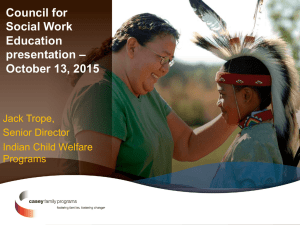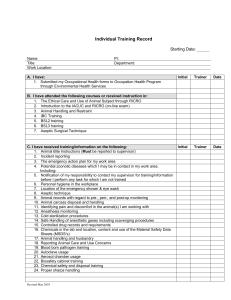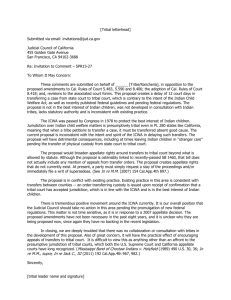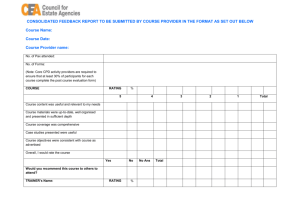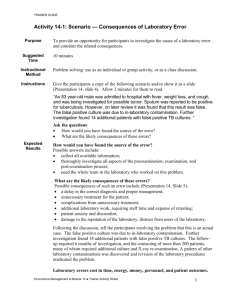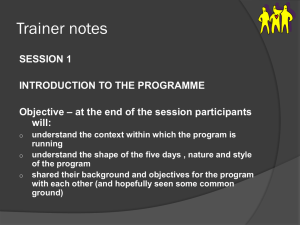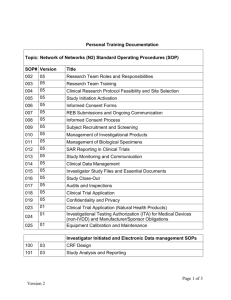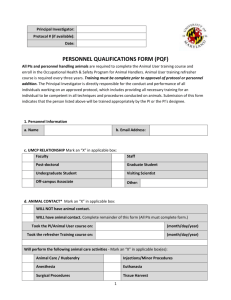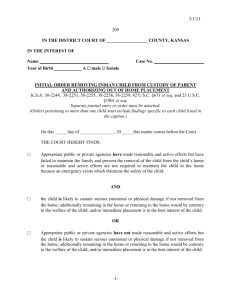THE OTHER SIDE OF ICWA:
advertisement
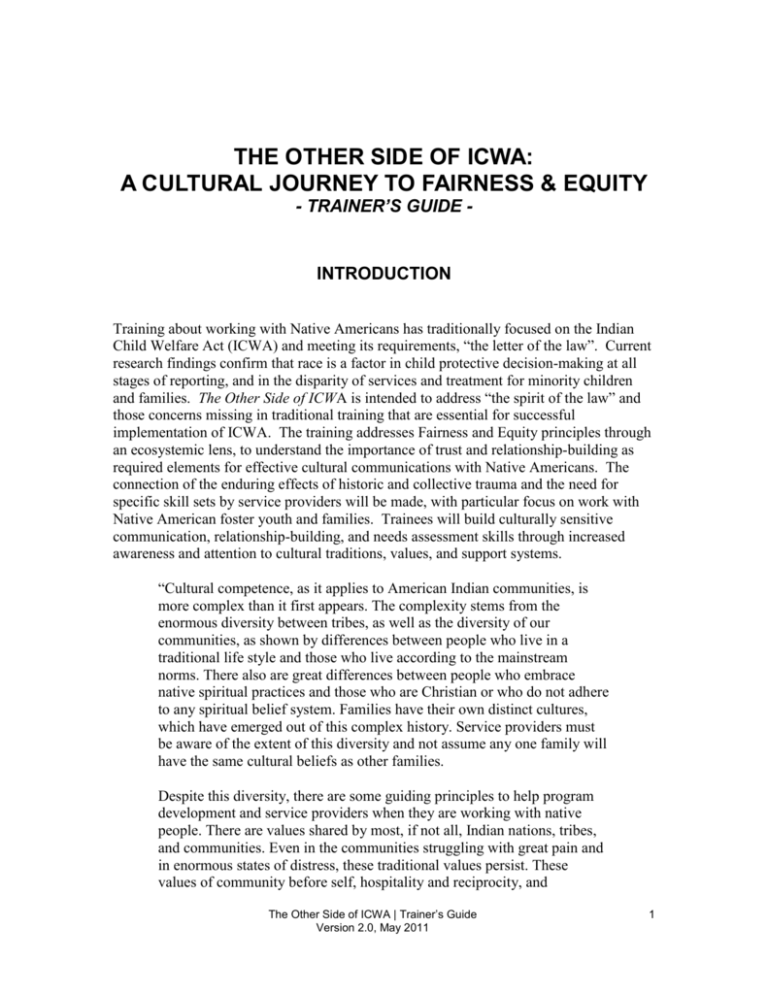
THE OTHER SIDE OF ICWA: A CULTURAL JOURNEY TO FAIRNESS & EQUITY - TRAINER’S GUIDE - INTRODUCTION Training about working with Native Americans has traditionally focused on the Indian Child Welfare Act (ICWA) and meeting its requirements, “the letter of the law”. Current research findings confirm that race is a factor in child protective decision-making at all stages of reporting, and in the disparity of services and treatment for minority children and families. The Other Side of ICWA is intended to address “the spirit of the law” and those concerns missing in traditional training that are essential for successful implementation of ICWA. The training addresses Fairness and Equity principles through an ecosystemic lens, to understand the importance of trust and relationship-building as required elements for effective cultural communications with Native Americans. The connection of the enduring effects of historic and collective trauma and the need for specific skill sets by service providers will be made, with particular focus on work with Native American foster youth and families. Trainees will build culturally sensitive communication, relationship-building, and needs assessment skills through increased awareness and attention to cultural traditions, values, and support systems. “Cultural competence, as it applies to American Indian communities, is more complex than it first appears. The complexity stems from the enormous diversity between tribes, as well as the diversity of our communities, as shown by differences between people who live in a traditional life style and those who live according to the mainstream norms. There also are great differences between people who embrace native spiritual practices and those who are Christian or who do not adhere to any spiritual belief system. Families have their own distinct cultures, which have emerged out of this complex history. Service providers must be aware of the extent of this diversity and not assume any one family will have the same cultural beliefs as other families. Despite this diversity, there are some guiding principles to help program development and service providers when they are working with native people. There are values shared by most, if not all, Indian nations, tribes, and communities. Even in the communities struggling with great pain and in enormous states of distress, these traditional values persist. These values of community before self, hospitality and reciprocity, and The Other Side of ICWA | Trainer’s Guide Version 2.0, May 2011 1 spirituality as a 24-hour experience continue to bring Indian individuals into the community circle, which has and continues to enable us to both survive and flourish.” (Cross et al., 2000) Intended Audience The curriculum is designed for child welfare social workers, supervisors, managers, contract agency staff, and other professionals such as advocates, attorneys, and judges, who are working with Native American youth and communities. Introductory Training Tips 1. It is highly recommended by the authors that this class be co-trained, by a tribal and a non-tribal trainer if possible, to model collaboration and to allow for the “voices” of each trainer. 2. The context should “drive” the learner. The curriculum will have visual, audio, cognitive, and spiritual contexts throughout the training and the trainers will move among these in presenting the curriculum. 3. The trainer will be using the metaphor of “moving up the road” as the training progresses. With the completion of each training segment, the trainer will summarize the learning point, symbolized by the road of learning, symbolic of our deeper cultural sensitivity and understanding of Native Americans. Slides summarizing the subjects on the “road” to understanding are embedded in the PowerPoint. 4. Various terms for tribal people are used throughout the curriculum: Native American, American Indian, tribal people. It is important for the social worker to ask what term a family member or youth prefers. The Other Side of ICWA | Trainer’s Guide Version 2.0, May 2011 2

